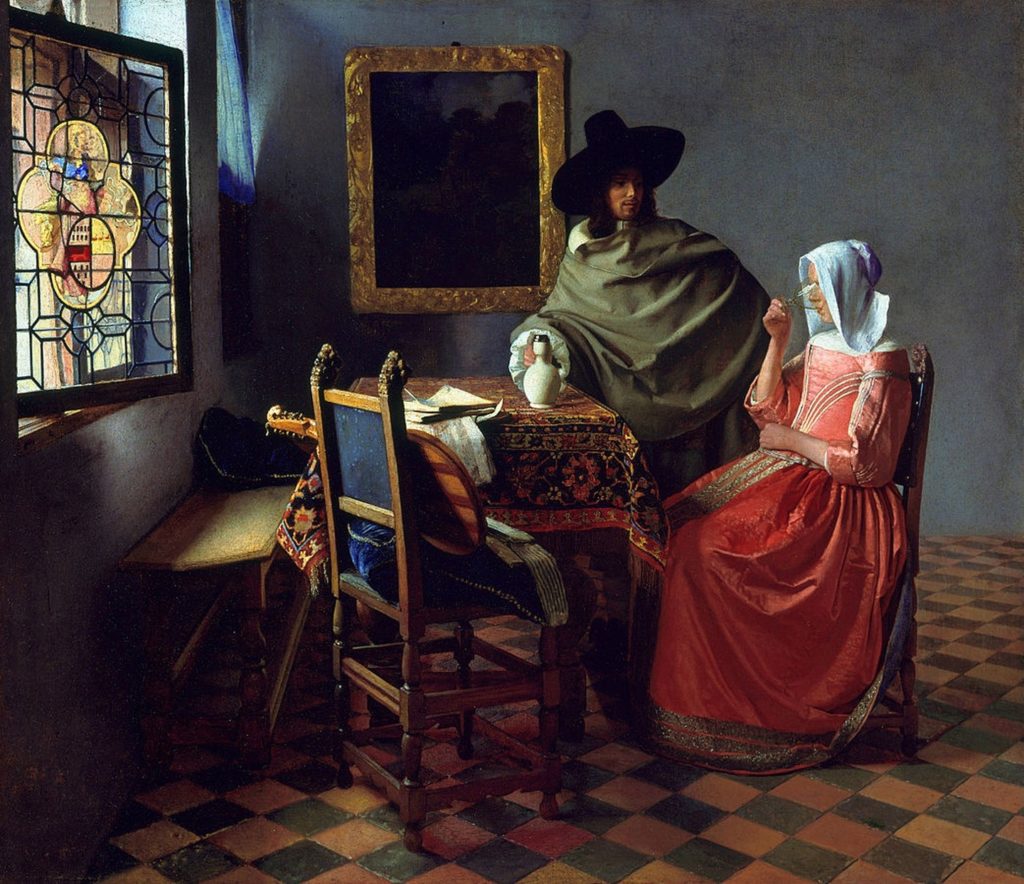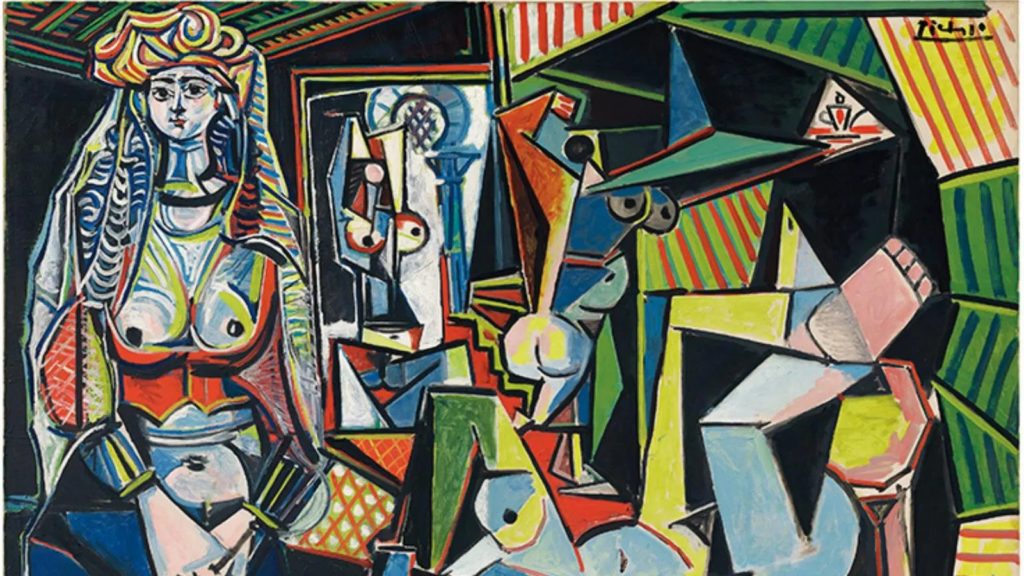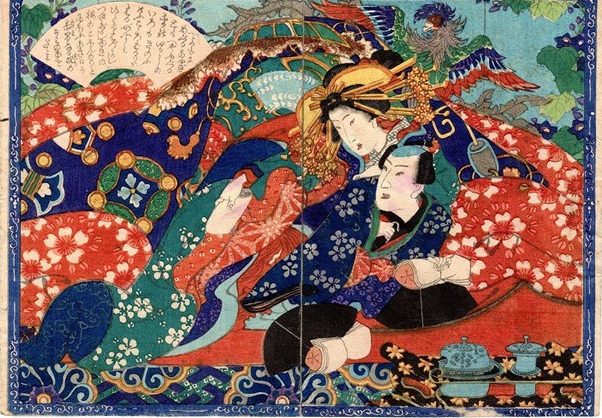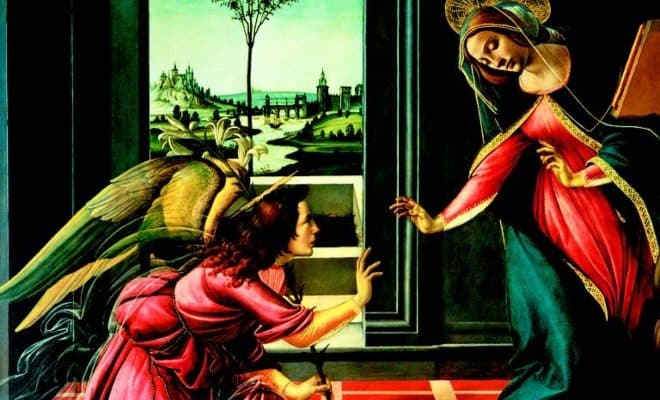Humans have had the urge to express themselves visually since the beginning of their existence and throughout history. The first examples of preserved human artwork from the Stone Age represented scenes of hunting or gathering around a fire.
It seems that our forefathers wanted to leave a trace of their existence in this world by carving the scenes of their everyday life into cave walls. Some contemporary art historians may consider these prehistoric artists as the earliest representatives of “genre painting” because of the subject matter they chose. Evidently, art has always come out of the burning desire of artists to express their ideas, visions of the world, or personal experiences and emotions, thus leaving traces of their existence for future generations.
We will try to recapitulate the history of art by identifying different types of art genres that left significant impacts in the art world.
Classical Art Of Ancient Rome And Greece
We are going to start this short journey through different art genres by going back into the time of the ancient civilizations of Greece and Roman Empire that set the foundation for the development of Western art.
The entire aesthetic of classical art relies on three substantial ideals: beauty, harmony, and proportion. The Greeks worshiped human beauty, and they achieved this idea in their works of art by applying the golden ratio, which strictly defined the proportion of body parts. Classical artists were also masters of intricately depicted anatomical details. Many embraced these ideas during the Italian Renaissance, which is considered to be one of the most flourishing periods in art history.
The Hierarchy Of Genres
The Italian Renaissance may have been one of the most significant periods for the evolution of art. After the gloomy and extremely dogmatic Middle Ages, the Renaissance was a breath of fresh air, along-awaited period of liberation from the authoritarian hegemony of the RomanCatholic Church. However, there were still some restrictive rules and regulations related to art.
This “hierarchy of genres,” which originated from the Italian Renaissance, was devised by the authorities of Roman Church. Art institutions soon proclaimed this biased ranking system as the official system for determining the value of paintings. Hierarchy of genres ranked paintings in the following order:
- Paintings that depicted historical scenes, biblical stories, or allegories and carried a strong religious motif and moral.
- Portrait painting that included all single portraits, group portraits, and self-portraits.
- Genre painting, which referred to all the paintings capturing scenes from everyday life, (i.e., the home, the street, the market) without showing the dynamic between the characters.
- Landscape painting referred to all the artwork that depicted “empty” scenes of nature.
- Still-life painting that depicted arrangements of household objects.
According to the creators of this hierarchy, historical paintings carried the greatest value because, in their belief, these works of art conveyed strong moral and evoked profound human emotions. On the other hand, they regarded the artistic genres at the bottom of this list, like landscapes and still-lifes, as even meaningless and with no significant moral.

The Dutch Golden Age Painting
This period of art history is essential because it is remembered as a time of immense progress, when talented artists, mainly from the Netherlands, chose to focus on creating magnificent landscapes, maritime paintings, genre scenes, and still-lifes. This distinguished them from their colleagues in Italy and Spain, who created the most valued historical paintings and earned from large church acquisitions.
The Dutch Calvinism, the Reformed Protestantism forbade any decorations or religious paintings and objects in its churches. This imposed rule forced Dutch artists to turn for the acquisitions to middle-class patrons who usually wanted smaller pieces of genre painting or landscapes to decorate their homes. So, we may conclude that the market demand was the main “culprit” for the new flourishing European art scene. The main representatives of this artistic period were Rembrandt, Johannes Vermeer, Frans Hals, Jan Steen, Rachel Ruysch and many others.
The Variety Of Modern And Contemporary Art Movements
Aesthetics have changed throughout history, allowing artists to invent new genres that would express their unique artistic voice more accurately. Here are some of the most significant art movements that produced numerous innovative genres for the ever-evolving art market that have embarked the Modern and contemporary art period.
● Impressionism
This is one of the most significant art movements that appeared in the late 19th century to announce the Modern Artera. Impressionists tended to transfer their unique impressions of the outer world by capturing movement and the change of light in their paintings. They achieved this extraordinary effect by using thin, visible strokes. The most recognizable artists of this movement were Claude Monet, Pierre-Auguste Renoir, and Édouard Manet.
● Expressionism
As opposed to Impressionists, artists that belong to this groundbreaking movement from the beginning of the 20th century focused on their inner status. Their main goal was to express their most profound personal experiences and emotions by painting often phantasmagoric motifs, using vivid colors and strong brushstrokes. Several other genres of art derived from Expressionism, like Picasso’s Cubism, with its geometrical shapes, and Dadaism, which was an anti-establishment art movement created as a strong opposition to society during WWI.
The 1960s were turbulent years that brought liberation in many fields, and that newly-found liberty was reflected on the artistic scene. Here are some of the most influential movements from this period:

● Pop Art
We cannot talk about the 60s without mentioning this globally popular art movement that successfully incorporated elements of popular culture into pieces of art. The idea of the entire movement was to ridicule elitist art by showing that you can produce genuine artwork using elements of kitsch and banal objects as your subject matter. One of the most identifiable Pop artists is Andy Warhol, probably the single most influential artist of our time.
● Earth Art or Land Art
Land art was a specific art movement that focused on the environment and natural resources in the creative process. This is a type of installation art done in a natural landscape, which serves as a“canvas” for often large-scale installations made of natural materials and earthworks like rocks, leaves, and similar materials.
● Performance Art
As the name says, performance art departed from the limitations of the traditional object-based forms of visual art, such as painting or sculpture, instead focusing on body and movement of expressions. The artist is the main means of communication, and they convey their artistic message by performing an array of symbolic actions. Performance art may involve a large number of participants or many different objects that all have a significant role in expressing unique artistic vision. Performance artists can also use different mediums, like video, light, or sound effects as well as poetry, dance, acting and painting in their events. One of the most significant performance artists today is Serbian conceptual and performance artist, Marina Abramovich.

The Most Significant Art Forms In Eastern Art
We have presented the extensive list of genres typical for Western art so far. It was not our intention to favor any part of the world, but we focused on the cultural heritage we can relate to easily. On the other hand, Eastern art is like a vast treasure chest full of wealth and diversity, and we believe that Asian art heritage deserves a separate article. Asian art is a term as broad as the continent, and it includes Japanese art, Chinese art, and Indian art, among others.
These are all great civilizations with an immense contribution to the global cultural heritage, but we will focus on the most recognizable forms of Asian art. The most renowned art form that originates from this continent is undoubtedly the art of calligraphy. That subtle art of fine writing makes a lasting impression on its spectators. We should also mention the magnificent artwork in bronze, ceramic, and jade that are significant traditional art forms.
As far as contemporary art is concerned, the Asian artistic scene has been booming since the 1990s. Nowadays, numerous Asian artists present their artistic vision globally, since their strong artistic expression gets considerable international recognition.
Conclusion
We believe that we offered a comprehensive answer and detailed explanations to the question: What are the different genres of art? However, art is changing continually, like life itself, and every era gives birth to fresh and innovative art forms, which means we can leave this list open for future edits and inclusions.



![[Left] Kusama with her piece Dots Obsession, 2012, via AWARE, [Right] Yayoi Kusama (Courtesy Whitney Museum of American Art) | Source: thecollector.com](https://www.artdex.com/wp-content/uploads/2024/04/Left-Kusama-with-her-piece-Dots-Obsession-2012-via-AWARE-Right-Yayoi-Kusama-Courtesy-Whitney-Museum-of-American-Art-Source-thecollector.com--300x172.png)



